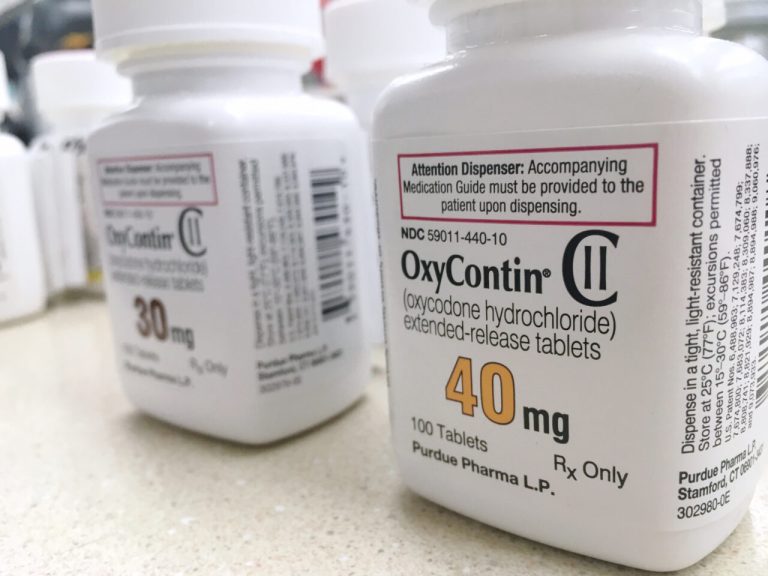Members of the Sackler family–the wealthy owners behind Purdue Pharma and OxyContin—paid upwards of $19 million in donations to The National Academies of Sciences, Engineering and Medicine, a powerful institution that advises U.S. opioid policy, according to a bombshell report by The New York Times.
The Times outlined a series of events that pose a possible conflict of interest. Dr. Raymond Sackler, his wife, Beverly, and the couple’s foundation started donating large sums of money to the Academies in 2008, according to treasurer reports. They died in 2017 and 2019, respectively. Dame Jillian Sackler also made millions of dollars’ worth of donations to the Academies beginning in 2000. The Academies invested the funds, growing to over $31 million by the end of 2021.
The allegations continue: The Pain Care Forum, a group co-founded by Burt Rosen, the Purdue lobbyist at the time, pushed for legislation introduced in 2007 and 2009 that included plans calling for an Academies report to “increase the recognition of pain as a significant public health problem.”
If the allegations are true, they present a serious conflict of interest. So the Times called upon Michael Rehn Von Korff—a medical researcher who studies the treatment of chronic pain, among other fields, for insight on the matter.
“I didn’t know they were taking private money,” Von Korff told The New York Times. “It sounds like insanity to take money from principals of drug companies and then do reports related to opioids. I am really shocked.”
Last Prisoner Project founder Steve DeAngelo posted the report on Instagram and called the revelations “disgusting.” Medical cannabis is frequently used as an alternative to opioids for some situations.
The Role of OxyContin in the Opioid Crisis
OxyContin was developed and patented in 1996 by Purdue Pharma L.P. and was originally available in multiple doses, the U.S. Department of Justice notes. At first, it appeared that OxyContin revolutionized medicine, but then the opioid epidemic unfolded.
According to the U.S. Department of Health & Human Services, (HHS) over 760,000 people have died since 1999 from a drug overdose, with nearly 75% of drug overdose deaths in 2020 involving an opioid. The Centers for Disease Control and Prevention reports that the number of drug overdose deaths “quintupled since 1999.”
A 2011 The National Academies of Sciences, Engineering and Medicine report claims that 100 million Americans suffered from chronic pain—one-third of the entire U.S. population—and while that’s often cited by government organizations, now that number is being challenged as preposterous. That report influenced the U.S. Food and Drug Administration to approve at least one powerful opioid, Zohydro, which is a slow release hydrocodone.
In 2016, just months after the National Academies scooped up a $10 million Sackler family donation, the F.D.A. asked the institution to form a committee to create new recommendations on opioids. But the Academies were blamed for having sketchy ties to opioid makers, including Purdue Pharma. Four people were removed from the panel after that incident.
The National Academies of Sciences, Engineering and Medicine was created by Abraham Lincoln, and U.S. laws are shaped by the data it releases. For the past few decades though, the academy was utilized to combat the American opioid crisis.
The opioid crisis is complex and it’s difficult to distinguish between people who are addicted and people who genuinely have high levels of pain. But the overdose death toll is impossible to ignore as it surpasses death toll numbers from war and sickness. In 2017, the HHS declared the opioid crisis a public health emergency.
There is also another side to the story. Megan Lowry from the National Academies told The New York Times that the Sackler donations “were never used to support any advisory activities on the use of opioids or on efforts to counter the opioid crisis,” and that they are prevented from returning the Sackler donations because of legal restrictions.
